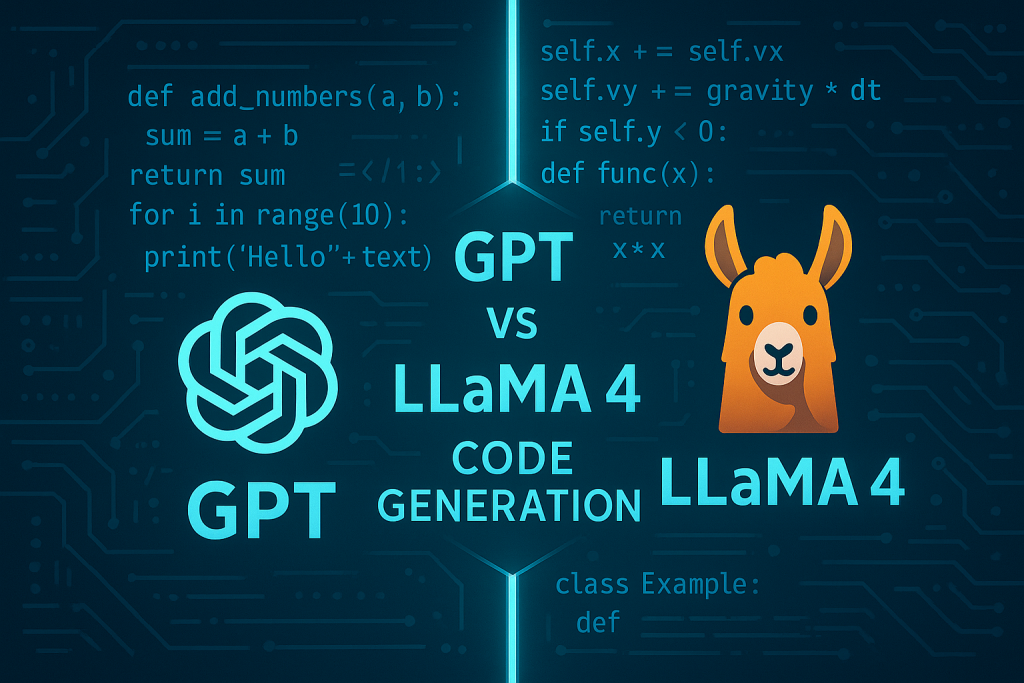Research Collaboration Network
Definition
A research collaboration network is a group of researchers, and practitioners, or both, working together on joint research activities. These networks often span across disciplines, geographic boundaries, and sectors, enabling participants to share resources, expertise, and data to address common research goals more effectively than they could individually.
Enablers
The following key enablers impact the function and efficacy of a collaboration networks.
- Research-Industry Collaboration: Collaboration often occurs across different academic disciplines or between academic and non-academic entities such as industry or government.
- Communication and Coordination: Efficient communication channels and coordination mechanisms are essential to manage the collaboration, share findings, and plan joint activities.
- Shared Goals and Objectives: Members work towards common scientific or scholarly objectives, which may include co-authoring papers, developing technologies, or influencing policy.
- Resource Sharing: Networks may share physical resources like labs and equipment, as well as digital resources like databases and software.
- Innovation and Synergy: By bringing together diverse perspectives and expertise, these networks can drive innovation and produce outcomes that are greater than the sum of their parts.
Such networks are often supported by national or international initiatives that facilitate collaboration and information sharing, and they may be formalised through agreements that outline the roles, responsibilities, and benefits for all parties involved. Example of such initiatives is the Research Link Australia (RLA) platform by the Australian Research Data Commons (ARDC). RLA provides a nexus of information about research-industry collaboration, and it includes technical platform and a strategic framework that enable information sharing and improvement, connecting researchers and innovators.


















